Saving endangered species is one of the most pressing conservation challenges of our time. Across the globe, animals, birds, plants, and marine life are disappearing at alarming rates due to habitat loss, pollution, climate change, and human interference. But the good news? Every individual can contribute to the solution. If you’ve ever wondered how to save endangered species in your daily life, here are 10 practical, safe, and simple actions you can start doing today to help protect vulnerable wildlife.
1. Learn About Endangered Species in Your Area
Awareness is the first step toward conservation. Educate yourself and those around you about the endangered species native to your region—be it a rare bird, plant, or insect. Understanding their ecological role helps raise appreciation and concern for their wellbeing.
2. Visit Wildlife Refuges and Nature Reserves
Protected natural spaces like national parks and wildlife refuges are crucial sanctuaries for endangered species. Visiting and supporting these areas helps fund conservation efforts and raise awareness.
You can also volunteer at local wildlife centers or nature preserves, and enjoy bird watching or eco-tourism that directly benefits conservation organizations.
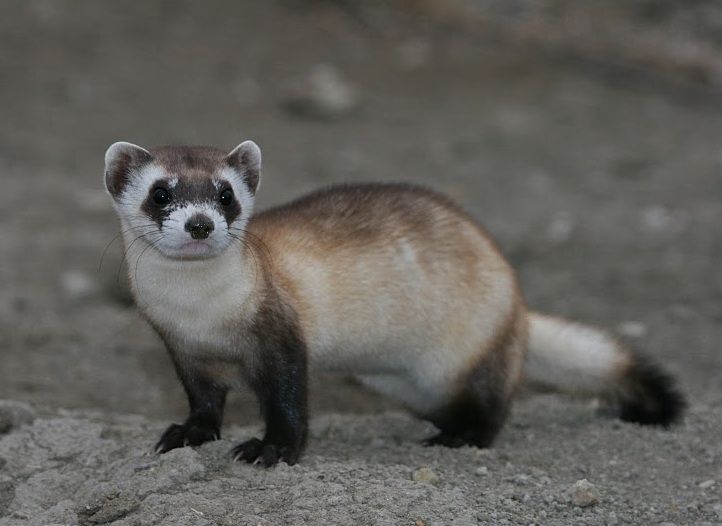
3. Make Your Home Wildlife-Friendly
Small changes around your home can create safer environments for local wildlife. Use secure trash bins, feed pets indoors, and keep pet doors closed at night to avoid attracting wild animals.
To protect birds, place window decals to reduce collisions—a common cause of injury. Also, disinfect birdbaths regularly to prevent disease transmission. Reducing outdoor water use helps protect aquatic habitats essential for many species.
4. Plant Native Species in Your Garden
Native plants provide food and shelter for local animals and play a key role in the ecosystem. They support native pollinators such as bees and butterflies while reducing the spread of invasive species.
Invasive plants and animals often displace native species, increasing the risk of extinction. You can promote biodiversity simply by landscaping with regionally appropriate plants.
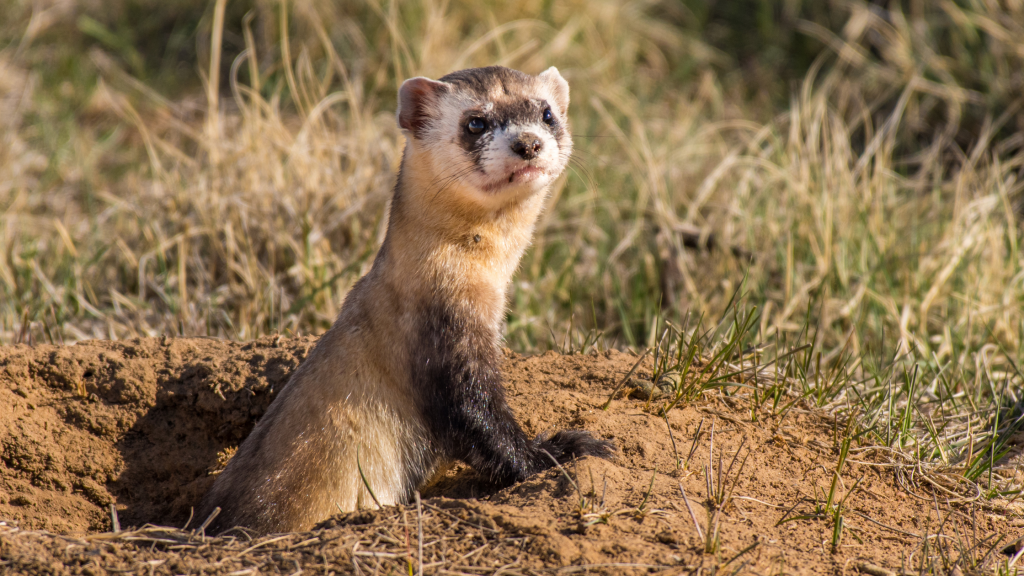
5. Choose Natural Alternatives to Chemicals
Herbicides and pesticides can be harmful to many species, including birds, amphibians, and mammals. These chemicals often accumulate in the food chain and impact animal health.
Opt for eco-friendly gardening alternatives and non-toxic pest control solutions. This keeps your garden healthy while reducing threats to wildlife.
6. Drive Cautiously in Wildlife Areas
Roads pose a significant threat to wildlife, especially in areas where animal habitats are fragmented by development. When driving through rural or forested areas, reduce your speed and stay alert for animals crossing the road—particularly at dawn or dusk.
Wildlife crossings and caution signs are there for a reason: protecting both humans and animals.
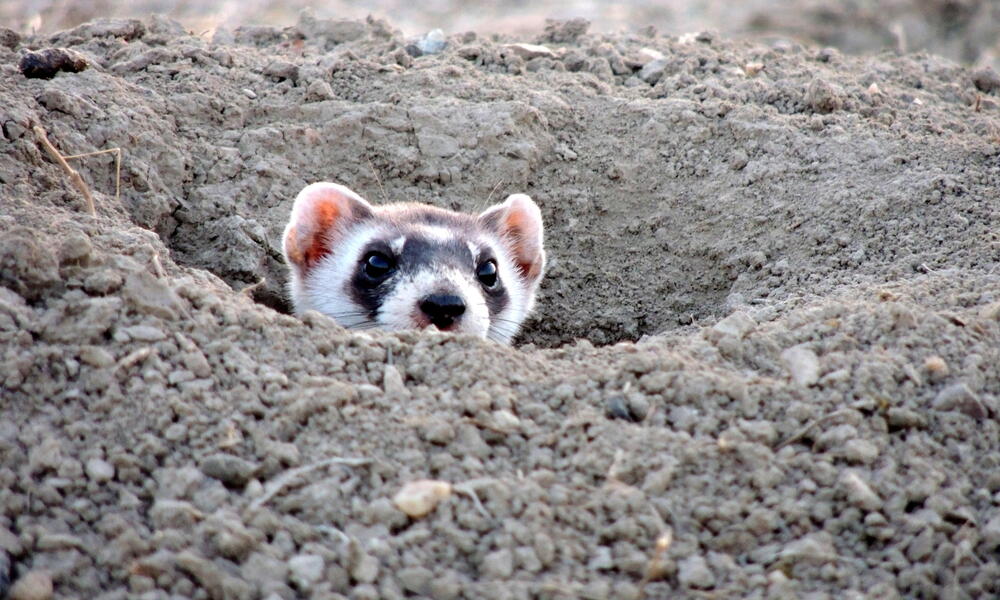
7. Recycle and Choose Sustainable Products
Your everyday purchases can directly impact endangered species. Support sustainable forestry by buying recycled paper and Forest Stewardship Council (FSC) certified wood products.
Avoid items made with unsustainable palm oil, which often contributes to deforestation in critical habitats for animals like orangutans and tigers. Recycle electronic devices, especially smartphones, as mining for minerals like coltan affects gorilla habitats in Africa.
8. Don’t Buy Items Made from Threatened Wildlife
Be cautious when shopping for souvenirs, especially while traveling abroad. Items made from ivory, tortoise shell, coral, or certain animal skins may come from endangered species and contribute to their decline.
Avoid purchasing live animals or exotic plants without proper certification, as this may encourage illegal trade. Respect wildlife and support products that are sustainably and ethically sourced.
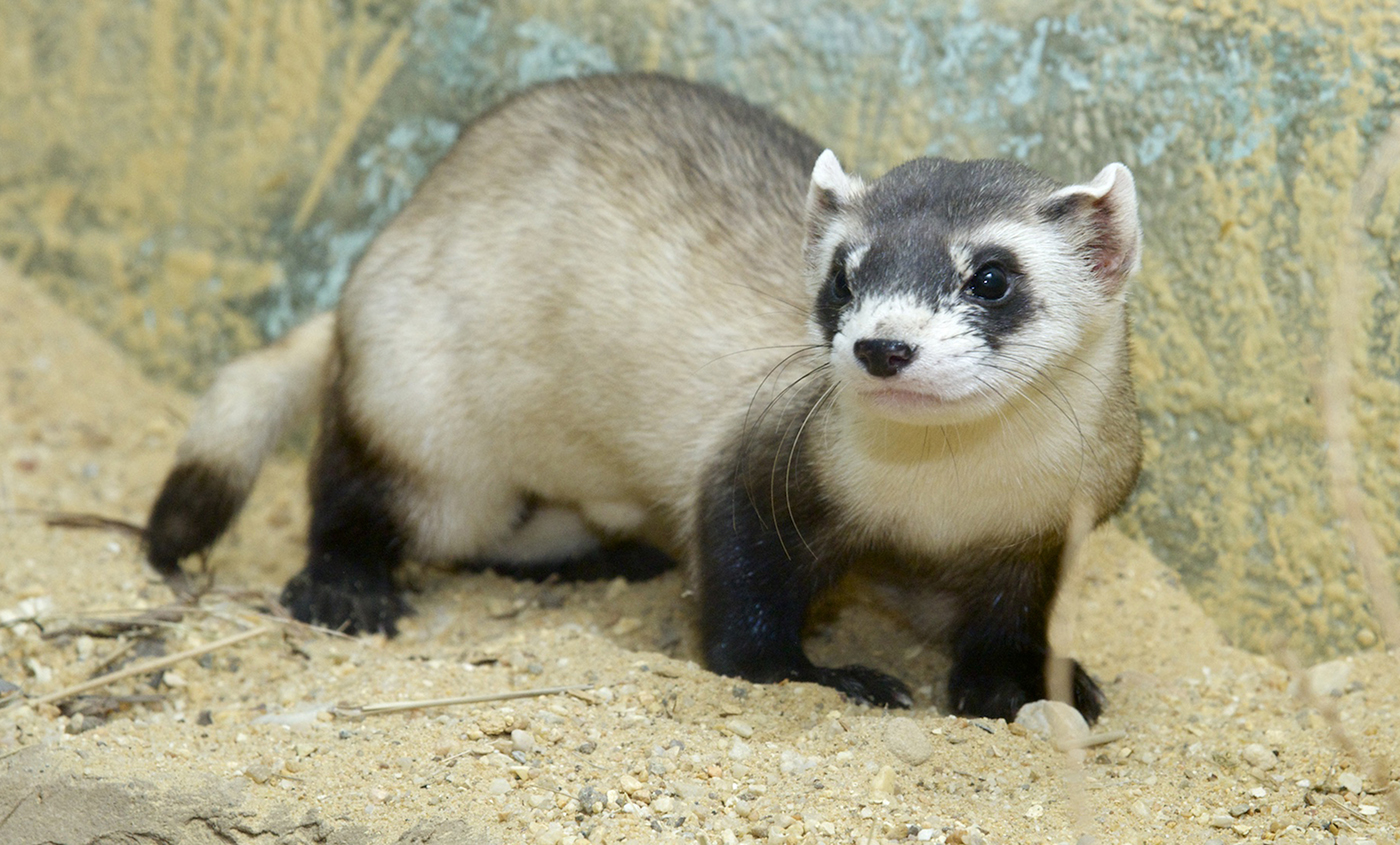
9. Report Illegal Wildlife Activity
Capturing or disturbing endangered species is not only unethical—it’s against the law. If you see someone harming protected animals or disturbing sensitive habitats, report it to the appropriate wildlife enforcement agency in your area.
10. Support Habitat Conservation
Habitat destruction is the leading cause of species endangerment. Forest clearing, overdevelopment, pollution, and unsustainable agriculture all threaten the homes of countless animals and plants.
Support conservation by voting for policies that protect natural spaces, donating to land trusts, and joining local efforts to preserve open space. When buying property or building, consider how your choices impact local ecosystems.
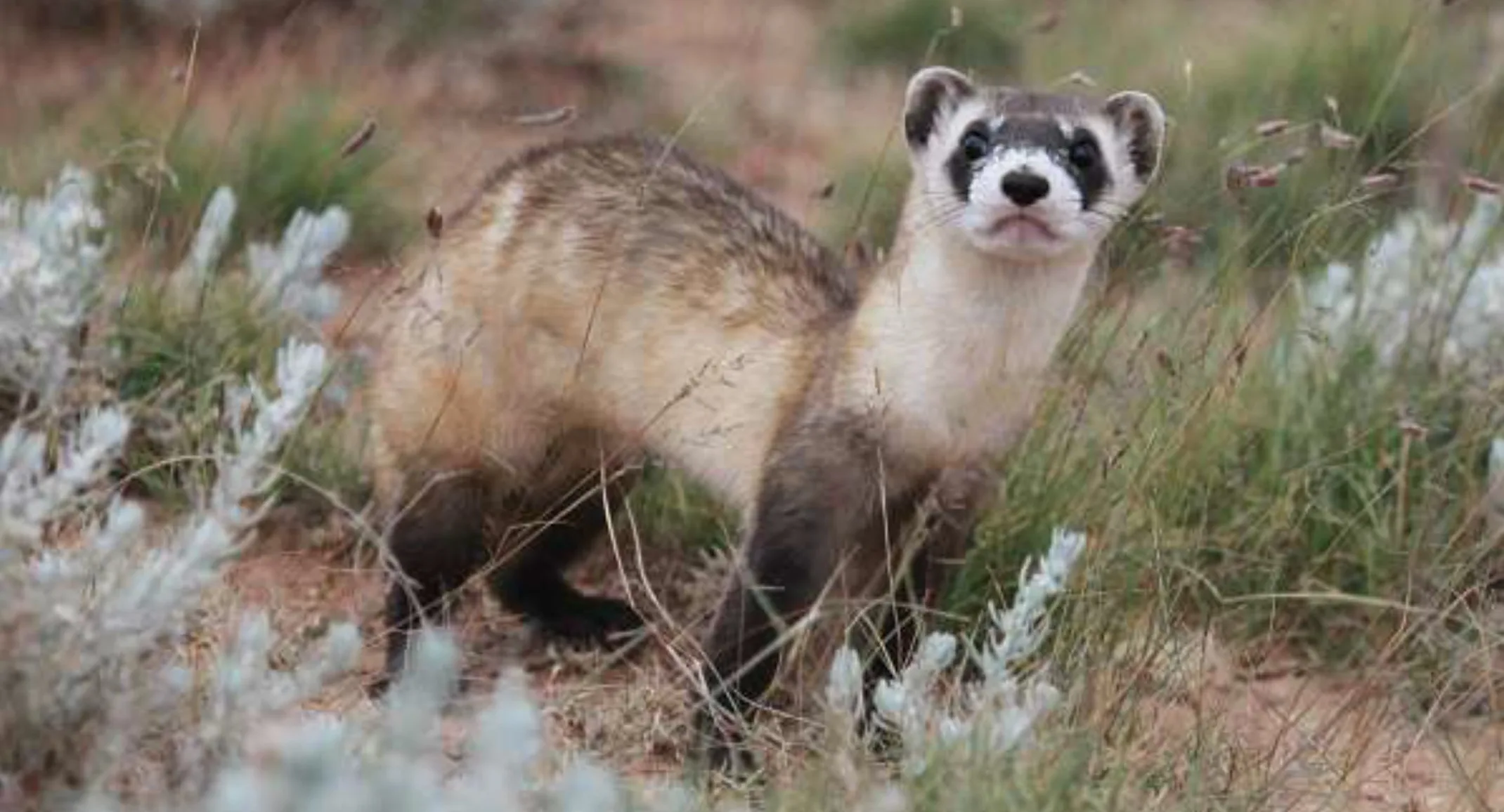
Why It Matters: Protecting Biodiversity Protects Us All
Endangered species are more than just animals on a list—they are critical parts of healthy ecosystems that provide clean air, fresh water, food, and medicine. By choosing to act in small ways, you are helping maintain the biodiversity that sustains human life on Earth.
When you save endangered species, you also preserve the natural beauty and balance of our shared world. Every effort counts, and your voice, your choices, and your actions can make a lasting difference.

Stay Involved and Spread the Word
One of the most powerful tools we have in protecting endangered wildlife is our collective voice. Join conservation networks like the Endangered Species Coalition to stay informed about policies and programs that support species recovery.
Sharing knowledge with friends, family, and community groups helps expand the impact of your efforts.


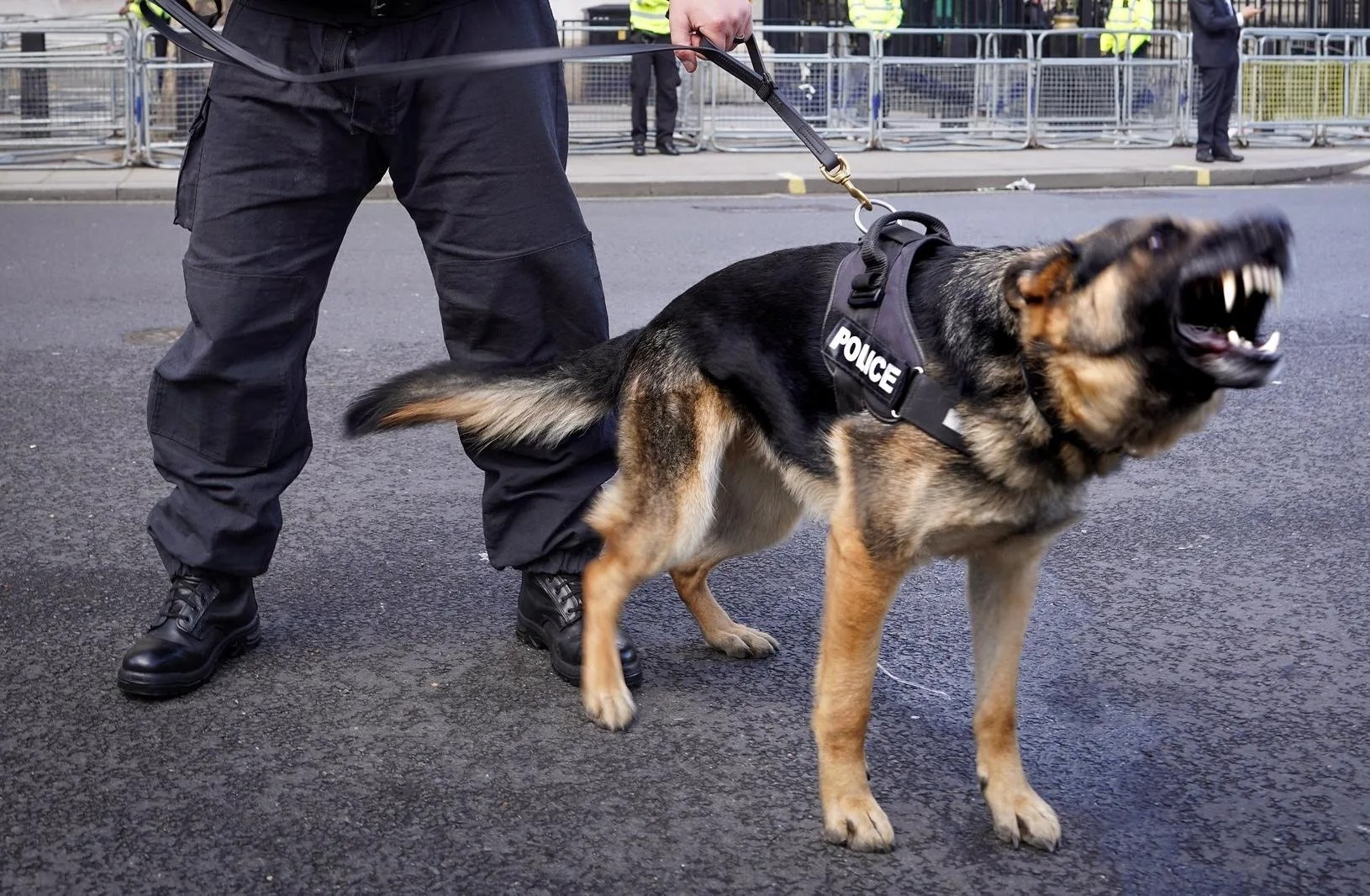


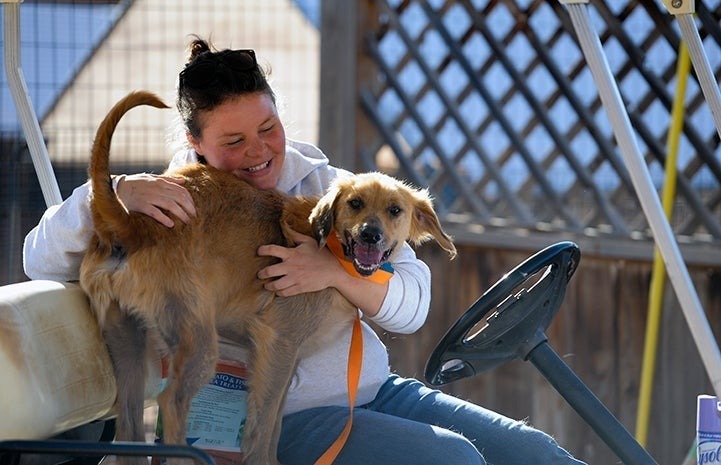


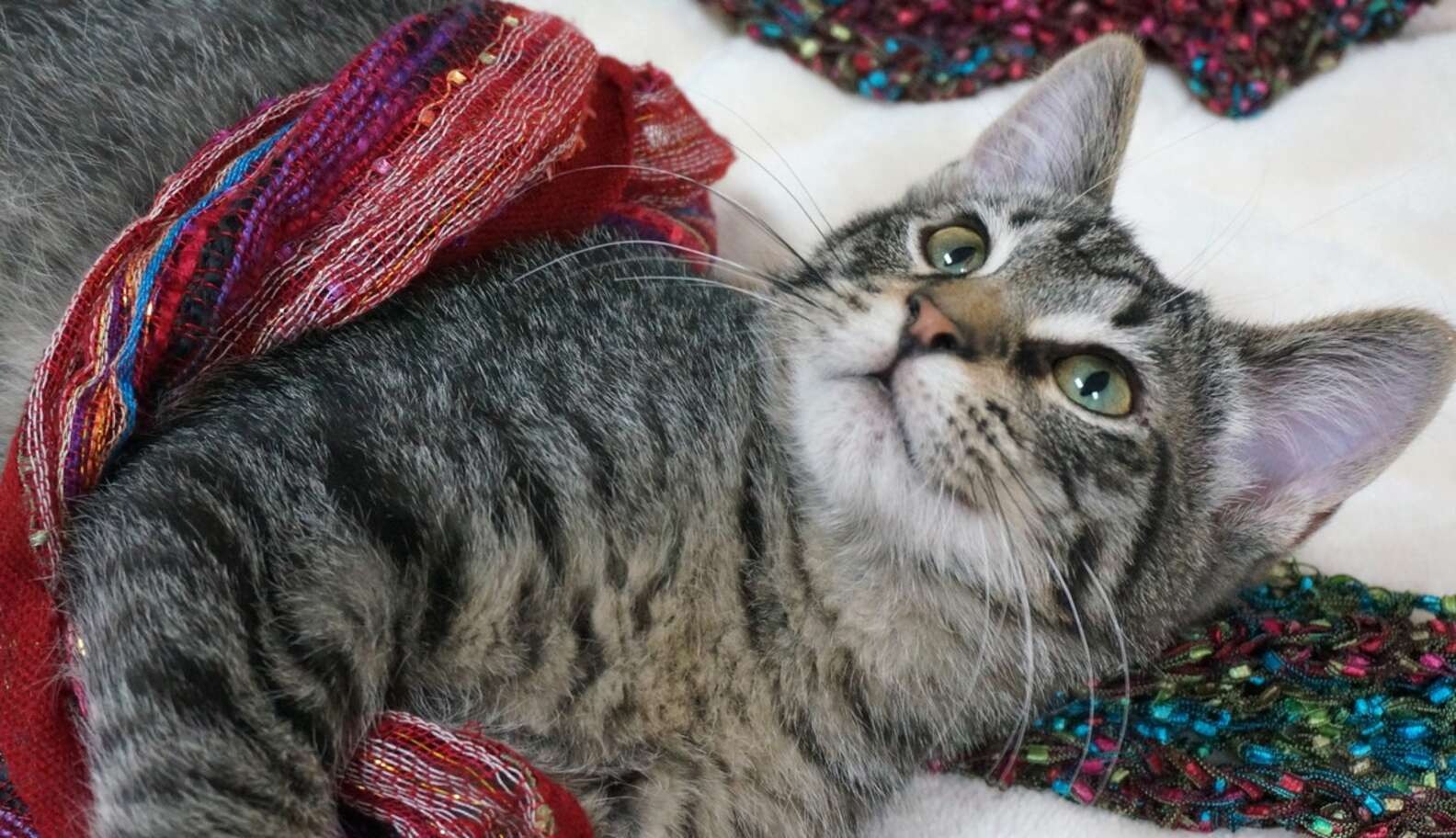
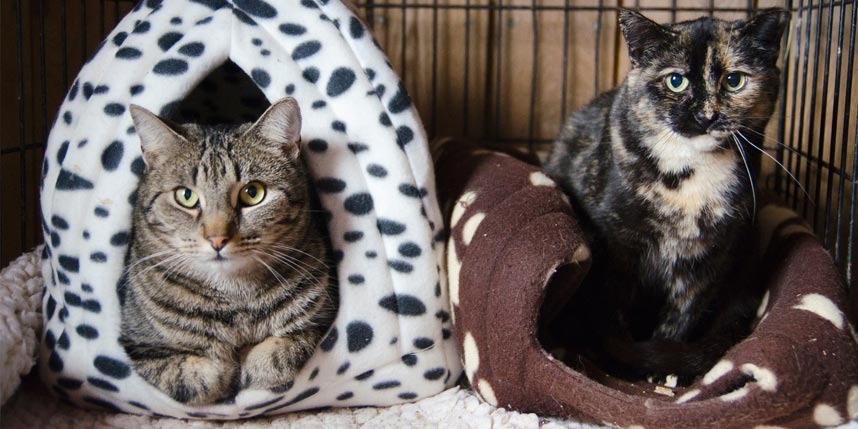
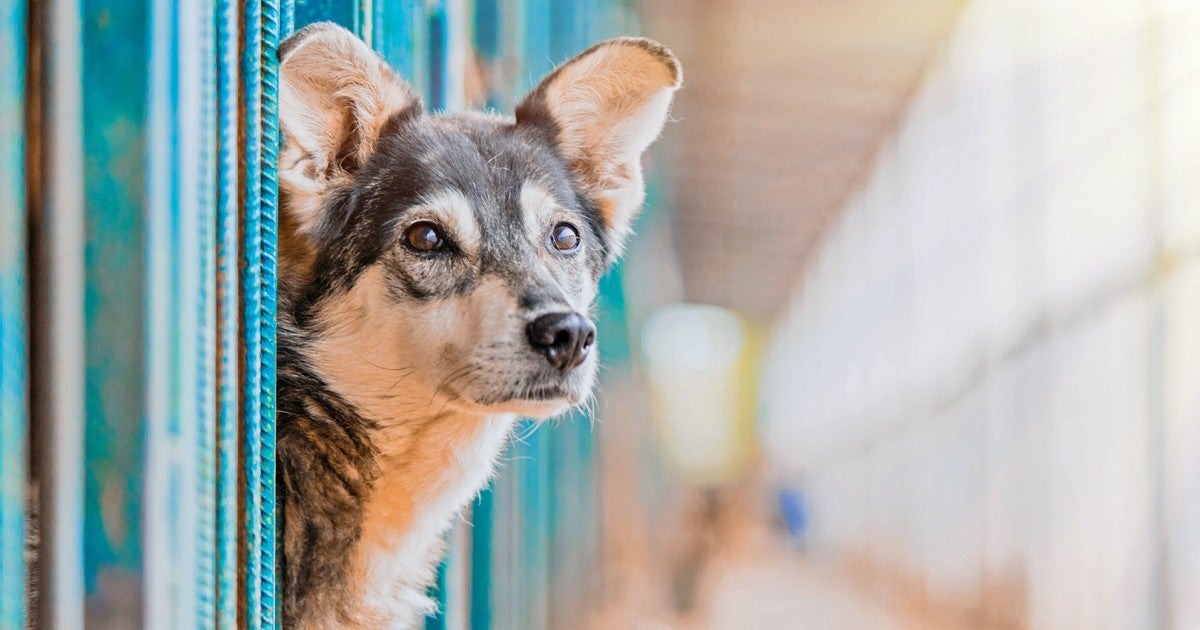




Leave a Reply